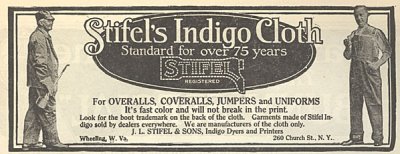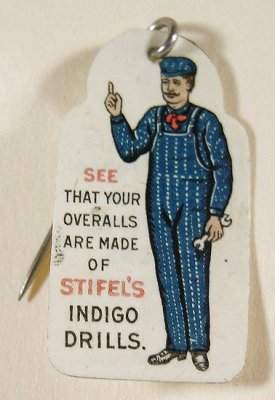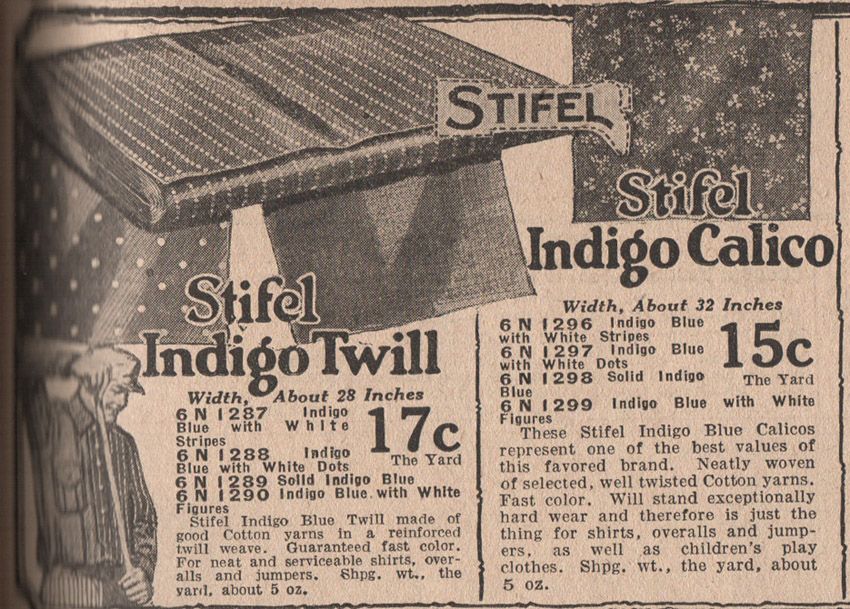
My apologies if there is already a thread on this vintage manufacturer, but a search provided nothing. I recently was turned on to Wabash and Calico fabrics as an alternative to the usual denim shirt.
I'd like to tap the TFL collective for photos/ inspiration/ and history of the now defunct brand.
Thanks....
Last edited:











